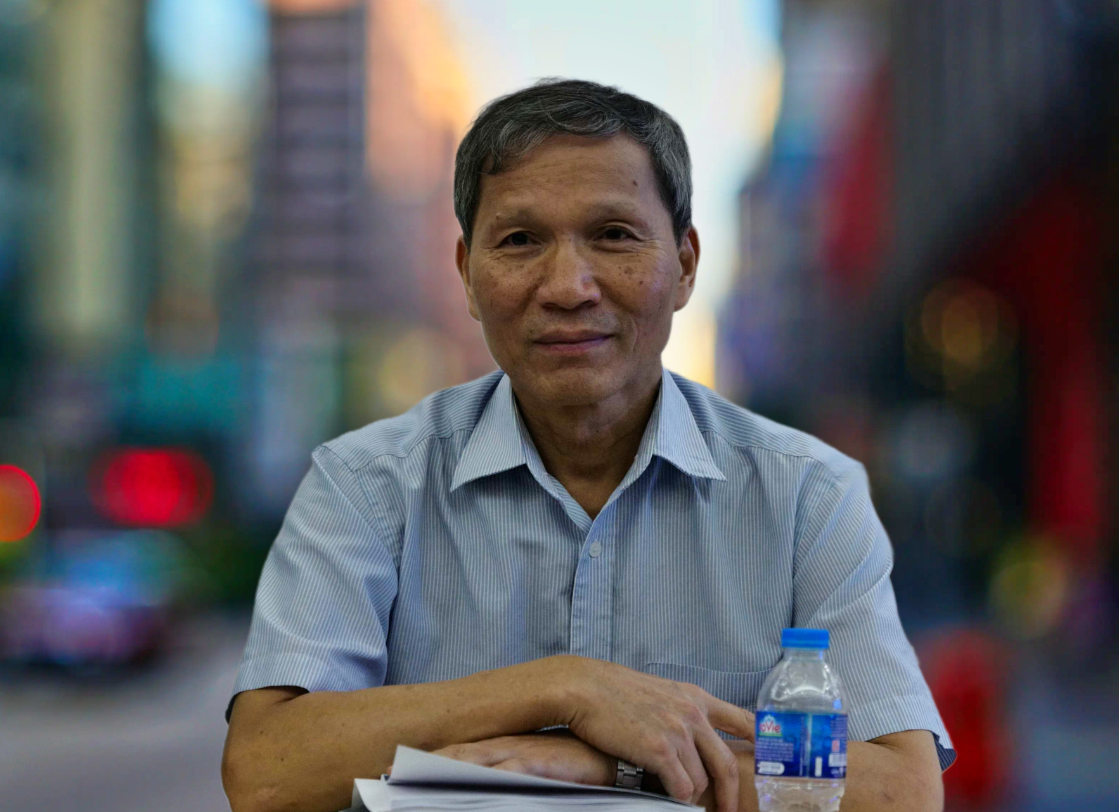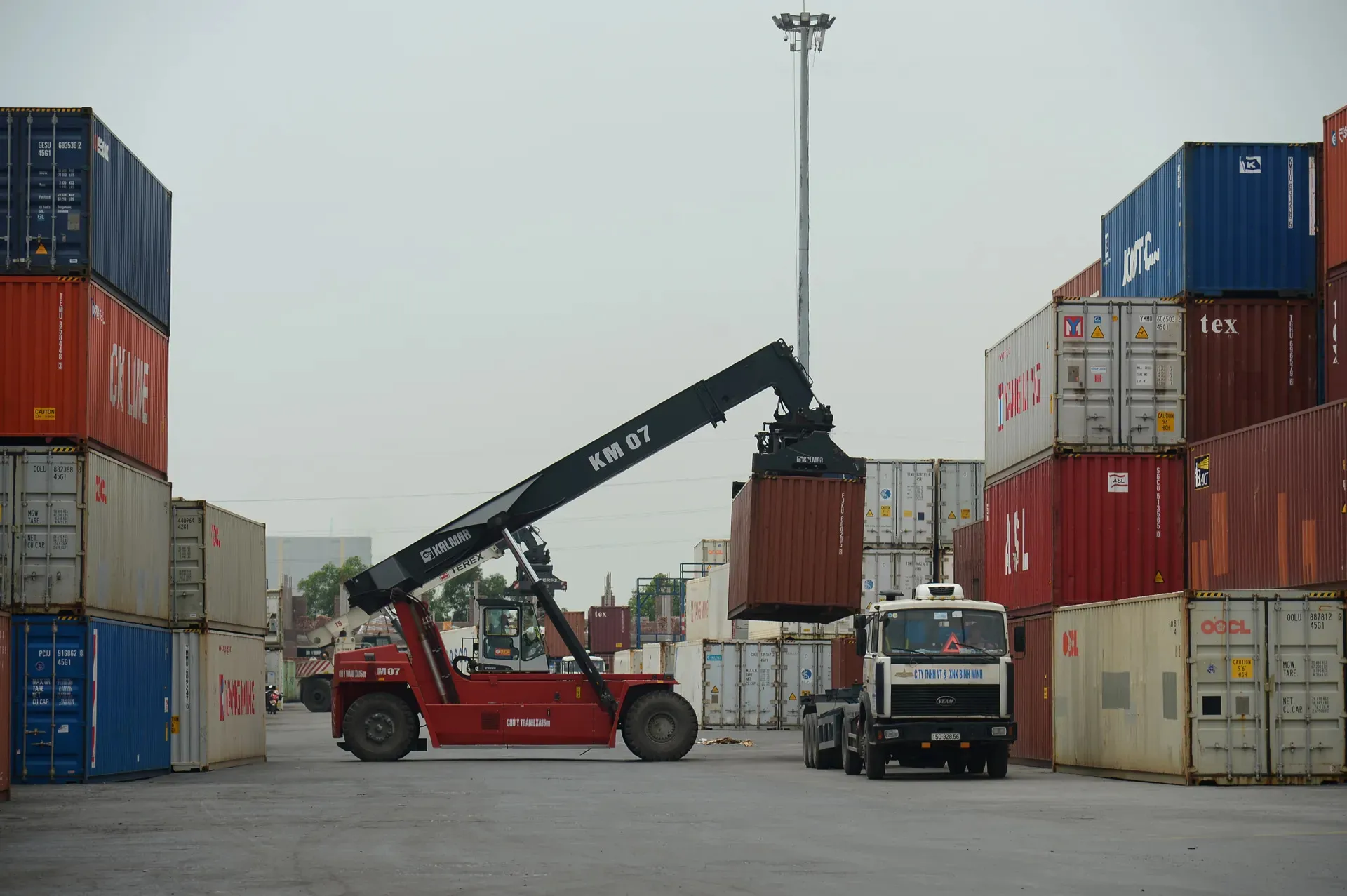Cut tariffs and import more from the US as "Trump card"
As Vietnam eyes a significant trade agreement with the US, Dr. Le Quoc Phuong supports zero tariffs and increased imports of American goods to foster a balanced trade relationship.
Vietnam is looking to boost imports from the United States as a strategic move to secure a bilateral trade deal. Dr. Le Quoc Phuong, former deputy trade official, told Kinh te & Do thị Newspaper that cutting tariffs on key US goods, such as aircraft, LNG, cars, tech, and software, could help balance trade and ease tensions.
Increasing imports from the US is a key government policy aimed at balancing the Vietnam- US trade relationship and securing reciprocal tax agreements. How would you evaluate the Vietnamese government’s approach to and actions in bilateral trade negotiations with the US?
To achieve a reciprocal tax agreement with the US, Vietnam is pursuing comprehensive negotiations, with balancing the trade relationship as a critical component. Boosting imports of US goods is a key measure for fostering a fair, mutually beneficial trade agreement.
On April 2, President Donald Trump signed an executive order imposing reciprocal tariffs on imports. Vietnam faces a steep 46% tariff rate for having the third-largest trade surplus with the US. In 2024, Vietnam exported $120 billion worth of goods to the US while importing only $15 billion. However, the Trump administration later deferred this decision for 90 days to allow time for negotiations.
Even before the US tariff hikes were announced, Vietnam demonstrated goodwill and took proactive steps. In mid-March 2025, the Minister of Industry and Trade visited the US, committing to purchase approximately $90 million worth of American goods. Subsequently, the government issued a decree to regulate strategic trade and establish a legal framework for importing high-tech products. On March 31, Decree No. 73/2025/ND-CP was enacted to amend and supplement preferential import tariffs for certain US goods.
Following the US tariff announcement on April 4, General Secretary To Lam proposed to President Trump during a phone call that Vietnam was ready to reduce import tariffs on US goods to 0%. From April 6-9, Deputy Prime Minister Ho Duc Phoc led a special Vietnamese delegation to the US to discuss preparations for trade negotiations. On April 12, the government set up a negotiation delegation headed by Industry and Trade Minister Nguyen Hong Dien and including deputy ministers from relevant ministries.
Given Vietnam’s significant demand for US goods, what types of products should it prioritize for import in the current and upcoming periods? What should the tariff rates be?
The question is, who will import these goods? Will it be the state or enterprises? Which enterprises? What specific goods?

Dr. Le Quoc Phuong, former Deputy Director of the Center for Industrial and Commercial Information, under the Ministry of Industry and Trade. Photo: Pham Hung/Economic & Urban Newspaper
I propose categorizing US imports into two groups. The first includes goods that have already been imported and should now be increased, such as agricultural products (cotton, soybeans, corn, wheat, fruits, beef, poultry), animal feed, liquefied natural gas, aircraft, computers, electronic products, components, machinery, and equipment.
The second group consists of new6imports, including raw timber, high-tech machinery and equipment, and software to support the semiconductor and artificial intelligence (AI) industries. It should also includes defense equipment, such as weapons, submarines, aircraft, and tanks.
Honoring of the proposal by General Secretary Lam to President Trump to reduce tariffs on US goods to 0% is essential.
On May 12, the US and China reached a temporary agreement to slash reciprocal tariffs by 15%. What impact will this have on Vietnam’s upcoming trade negotiations with the US?
This is a positive sign that indicates progress in the US-China negotiations. Despite imposing heavy tariffs on China, the US quickly agreed to concessions, revealing a pragmatic approach. The US willingness to compromise with a major economic and geopolitical rival bodes well for Vietnam’s negotiations. However, the concessions also highlight the limits of the US's economic leverage, a factor that Vietnam should consider during the negotiations.
The global reciprocal tariffs imposed by the Trump administration have had negative consequences for the US economy, causing the stock market to plummet, though it recovered after the tariffs were deferred. US consumers now face shortages of goods, rising prices, and growing domestic tensions between pro- and anti-tariff factions. In the long term, these tariffs could inhibit consumption and tip the US economy into a recession.
How should we handle similar imports from other countries if Vietnam offers preferential or even 0% tariffs on US goods, and what should the rates be?
Vietnam’s import tariffs with other countries are determined by bilateral or multilateral trade agreements, each of which has a clear schedule of rates. For instance, Vietnam has agreements with Japan, including the Vietnam-Japan Economic Partnership Agreement (VJEPA) and the ASEAN-Japan Comprehensive Economic Partnership Agreement (AJCEP).

Export goods are being loaded and unloaded at Dinh Vu Port in Hai Phong. Photo: Pham Hung/Economic & Urban Newspaper
With South Korea, there is the Vietnam-Korea Free Trade Agreement (VKFTA) and the ASEAN-Korea Framework Agreement on Comprehensive Economic Cooperation (AKFTA).
With China, there is the ASEAN-China Framework Agreement on Comprehensive Economic Cooperation (ACFTA) and the Regional Comprehensive Economic Partnership (RCEP). Within ASEAN, the ASEAN Trade in Goods Agreement (ATIGA) applies.
Although Vietnam trades with 220 economies, it has free trade agreements (FTAs) with only 60 of them. For partners without an FTA, import tariffs are based on bilateral trade agreements or WTO commitments.
What are the main challenges that Vietnamese enterprises and industries face when trading with or importing goods from the US?
Key challenges include high export tariffs on certain goods, such as luxury cars, as well as non-tariff barriers like food safety standards for agricultural products. US consumer goods are often expensive relative to Vietnamese income levels, which makes them less accessible to most Vietnamese consumers. Although US machinery and equipment are high quality, their high cost leads Vietnamese enterprises to prefer more affordable Asian options.
The United States also restricts the export of high-tech products, selling them only to close allies due to concerns about technology leakage to competitors. This problem is compounded by the underdevelopment of Vietnam's high-tech sector and the lack of solid legal frameworks for managing such products. The US produces few of the raw materials required by Vietnamese export processing industries, such as textiles and footwear. The geographical distance between the two countries also results in high transportation costs and long delivery times.
What recommendations do you have for government agencies and enterprises to address these challenges and increase US imports in order to balance the US-Vietnam trade relationship?
In the short term, the government should reduce import tariffs on agricultural products, automobiles, and other goods to demonstrate goodwill and potentially pave the way for further negotiations with the US. The government should also increase imports of raw materials from the US, such as timber and plastics.
Additionally, the government should ease non-tariff barriers, especially for agricultural products, and quickly issue legal regulations to facilitate the import of high-tech products that the US is unwilling to export given Vietnam’s lack of regulatory frameworks.
Thank you for your time!








